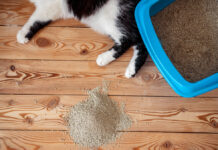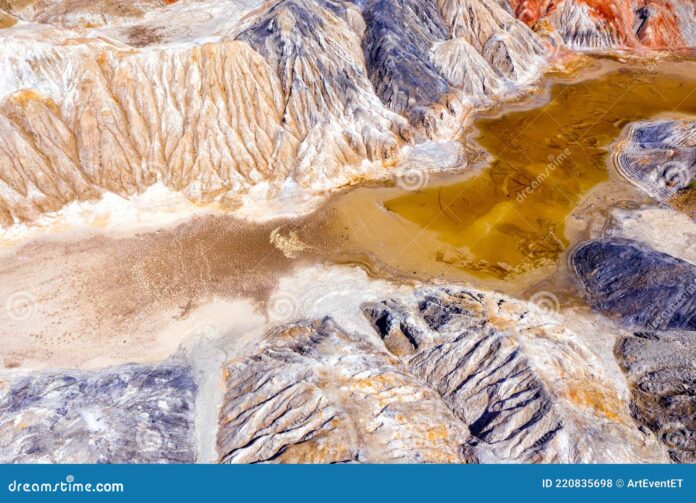For decades clay litter has been a go-to choice for pet owners but its impact on our environment raises serious concerns. As more people become environmentally conscious, understanding how clay litter affects our ecosystem becomes crucial. Let’s dive deep into the environmental implications of clay litter and explore sustainable alternatives.
The Hidden Environmental Cost of Clay Litter
Clay litter production involves strip mining, a process that significantly disrupts natural habitats and landscapes. This widespread mining practice has led to increasing environmental degradation across various regions. As noted by environmental experts at Pet like boss, the production and disposal of clay litter contribute to several environmental issues.
Mining Impact and Resource Depletion
The extraction of clay litter materials causes:- Destruction of natural landscapes- Loss of wildlife habitats- Soil erosion- Groundwater contamination- Air pollution from mining operations
Non-Biodegradable Nature
One of the biggest problems with clay litter is that it’s non-biodegradable. When disposed of, clay litter sits in landfills for years, taking up valuable space and potentially leaching chemicals into the soil. According to environmental studies, the average household using clay litter contributes approximately 125 pounds of waste to landfills annually.
Water Consumption Concerns
The manufacturing process of clay litter requires significant water usage which adds to its environmental footprint. This is particularly concerning in regions experiencing water scarcity.
Sustainable Alternatives to Clay Litter
If you’re looking to reduce your environmental impact consider these eco-friendly alternatives
-
Plant-based litters
- Made from corn, wheat, or pine
- Biodegradable
- Renewable resources
-
Paper-based litters
- Made from recycled materials
- Minimal environmental impact
- Good odor control
-
Coconut-based litters
- Sustainable source
- Excellent absorption
- Naturally antimicrobial
For more insights about pet care and environmental consciousness, check out our comprehensive guide about dogs and their impact on the environment.
Making the Switch: Tips for Success
Transitioning from clay litter to eco-friendly alternatives requires patience and strategy:
-
Gradual Introduction
- Mix new litter with clay litter
- Increase the ratio of new litter gradually
- Monitor your pet’s response
-
Consider Your Pet’s Preferences
- Some pets may need time to adjust
- Try different eco-friendly options
- Maintain consistent cleaning routines
The Economic Perspective
While eco-friendly alternatives might seem more expensive initially, they often prove more cost-effective in the long run:- Better absorption rates- Less frequent changes needed- Reduced waste disposal costs
Health Benefits of Switching from Clay Litter
Beyond environmental benefits, switching from clay litter can improve:- Indoor air quality- Respiratory health for both pets and humans- Reduced tracking and dust
Future of Pet Waste Management
The pet industry is continuously evolving, with more companies focusing on sustainable solutions. This trend suggests a future where clay litter might become obsolete in favor of more environmentally responsible options.
Taking Action
As pet owners, we can make a difference by:1. Choosing sustainable alternatives2. Supporting eco-friendly pet products3. Educating others about environmental impact4. Proper disposal practices
The environmental impact of clay litter cannot be ignored. As responsible pet owners, we must consider how our choices affect the planet. By making informed decisions and choosing sustainable alternatives, we can significantly reduce our environmental footprint while providing the best care for our pets.
Remember, every small change counts. Whether you’re a new pet owner or considering switching from clay litter, your choice matters. The future of our environment depends on the decisions we make today.
Additional Resources
For more information about sustainable pet care and environmental protection, visit these resources:- Local environmental agencies- Pet sustainability organizations- Eco-friendly pet supply stores
By making informed choices about clay litter and its alternatives, we can contribute to a healthier planet while maintaining excellent pet care standards. The journey toward environmental responsibility starts with small steps, and choosing the right litter is definitely one of them.












